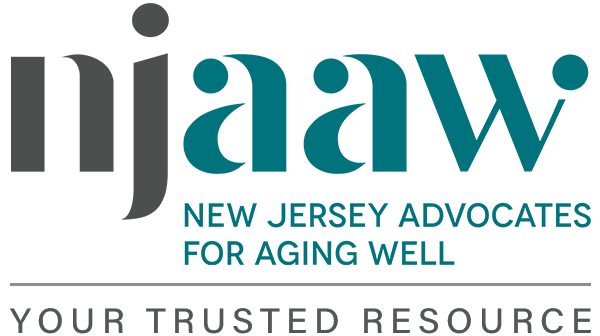 NATIONAL CENTER ON ELDER ABUSE
NATIONAL CENTER ON ELDER ABUSE
Red Flags of Abuse
Our communities are like structures that support people’s safety and wellbeing. One of the most important ways we can all contribute to this ongoing construction project is by looking out for warning signs of maltreatment. Does someone you know display any of these signs of abuse? If so, TAKE ACTION IMMEDIATELY. Everyone, at every age, deserves justice. Report suspected abuse as soon as possible.
Emotional & Behavioral Signs
- Unusual changes in behavior or sleep
- Fear or anxiety
- Isolated or not responsive
- Depression
Physical Signs
- Broken bones, bruises, and welts
- Cuts, sores or burns
- Untreated bedsores
- Torn, stained or bloody underclothing
- Unexplained sexually transmitted diseases
- Dirtiness, poor nutrition or dehydration
- Poor living conditions
- Lack of medical aids (glasses, walker, teeth, hearing aid, medications)
Financial Signs
- Unusual changes in a bank account or money management
- Unusual or sudden changes in a will or other financial documents
- Fraudulent signatures on financial documents
- Unpaid bills
WHAT IS ELDER ABUSE?
Elder abuse is the mistreatment or harming of an older person. It can include physical, emotional, or sexual abuse, along with neglect and financial exploitation. Many social factors—for example, a lack of support services and community resources—can make conditions ripe for elder abuse. Ageism (biases against or stereotypes about older people that keep them from being fully a part of their community) also play a role in enabling elder abuse. By changing these contributing factors, we can prevent elder abuse and make sure everyone has the opportunity to thrive as we age.
HOW CAN WE PREVENT AND ADDRESS ELDER ABUSE?
We can lessen the risk of elder abuse by putting supports and foundations in place that make abuse difficult. If we think of society as a building that supports our wellbeing, then it makes sense to design the sturdiest building we can—one with the beams and load-bearing walls necessary to keep everyone safe and healthy as we age. For example, constructing community supports and human services for caregivers and older adults can alleviate risk factors tied to elder abuse. Increased funding can support efforts to train practitioners in aging-related care. Identifying ways to empower older adults will reduce the harmful effects of ageism. And leveraging expert knowledge can provide the tools needed to identify, address, and ultimately prevent abuse.
HOW CAN WE REPORT SUSPECTED ABUSE?
(This section has been edited to include links specific to NJ.)
No matter how old we are, justice requires that we be treated as full members of our communities. If we notice some of these signs of abuse, it is our duty to report it to the proper authorities. Programs such as Adult Protective Services (APS), the Long-Term Care Ombudsmen and Disability Rights New Jersey are here to help. If you or someone you know is in a life-threatening situation or immediate danger, call 911 or the local police or sheriff. The National Center on Elder Abuse (NCEA) directed by the U.S. Administration on Aging, helps communities, agencies and organizations ensure that older people and adults with disabilities can live with dignity, and without abuse, neglect, and exploitation. We are based out of Keck School of Medicine of USC. NCEA is the place to turn for education, research, and promising practices in preventing abuse.
Visit us online for more resources! ncea.acl.gov

